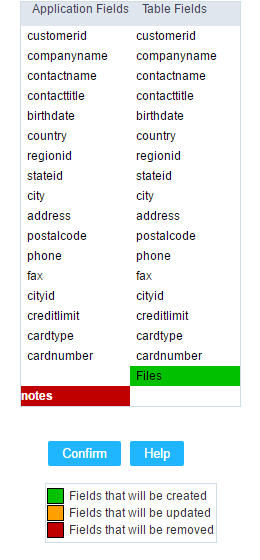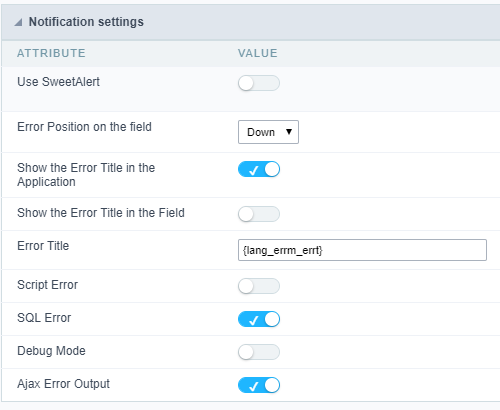
- #Scriptcase edit record by id how to#
- #Scriptcase edit record by id code#
- #Scriptcase edit record by id password#
If there is no match, exit status of case is zero.īash Case Example 1.After the first match, case terminates with the exit status of the last command that was executed.When a match is found all of the associated statements until the double semicolon ( ) are executed.Case statement first expands the expression and tries to match it against each pattern.case expression inįollowing are the key points of bash case statements: Bash case statement is the simplest form of the bash if-then-else statement. The case construct in bash shell allows us to test strings against patterns that can contain wild card characters. In this article let us review the bash case command with 5 practical examples. Instead, bash shell checks the condition, and controls the flow of the program.
#Scriptcase edit record by id code#
It can be used to test simple values like integers and characters.Ĭase statement is not a loop, it doesn’t execute a block of code for n number of times. (ultimate wish is to present both the completed Review Form & Restaurant Response Form side-by-side) This would allow them to respond to what was actually reviewed without having to flip back & forth between either two web pages or their e-mail & the Response Form.Bash shell case statement is similar to switch statement in C.
#Scriptcase edit record by id password#
On my website I would like them to enter the password received AND/or the Unique ID which would then bring up BOTH the completed Review Form and the Restaurant Response Form.
#Scriptcase edit record by id how to#
An e-mail is then sent to them from the Submit form with info on how to open the Restaurant Response form.ģ. (I guess a separate Submit form needs to be created)Ģ. Restaurant selects their Restaurant Name and/or Review Event Date from a drop down and then enters their e-mail to receive the password for the Response Form. I think I can describe hopefully a more "doable" situation for what I need and would love your guidance and help.ġ. Nice homework in researching my e-mail domain, unfortunately I am creating these forms for a different domain and am not sure that your solution will work and I'm still trying to figure out the workflow. When choosing Random Values, you can set the following: You’ll always have the same ID lengths, hence it will be easier to organize your submissions. 1,000,000 is 7 digits long number, so if you select “7” in the number padding field, Jotform will convert your IDs to these: If you don’t use number padding, you’ll end up with IDs like these:īy using number padding, you can prevent this.

For example, let’s assume that you are expecting 1,000,000 submissions for your form and you are using the “CID-” prefix for your IDs. This feature will fix your IDs to the same length by putting “0”s before the ID value. If you set this property to a lower number than the original current index, Jotform will continue increasing the new value regardless of previous entries so you may end up with the same IDs on different submissions. One important thing to remember about this property happens when you start to collect submissions. For instance, if you were to write 1000 here, Jotform would start counting from 1000. You can use this feature to set a starting point for your IDs.

The Current Index displays the current value of your ID. When choosing Sequential Numbers, you can set the following: You don’t need to use a hyphen on your prefixes but it’s better for readability. For example, “UID-15” is a lot easier to find than plain “15”.

You can add any string in front of your IDs, hence it will make it easier to search for specific IDs. It is very useful to categorize your IDs.


 0 kommentar(er)
0 kommentar(er)
